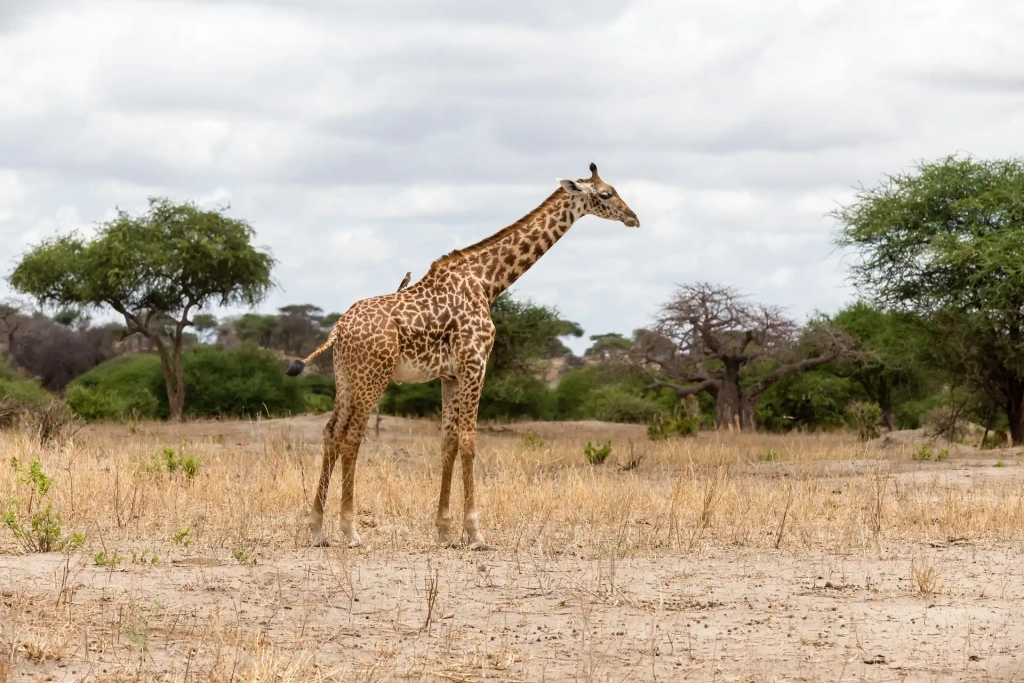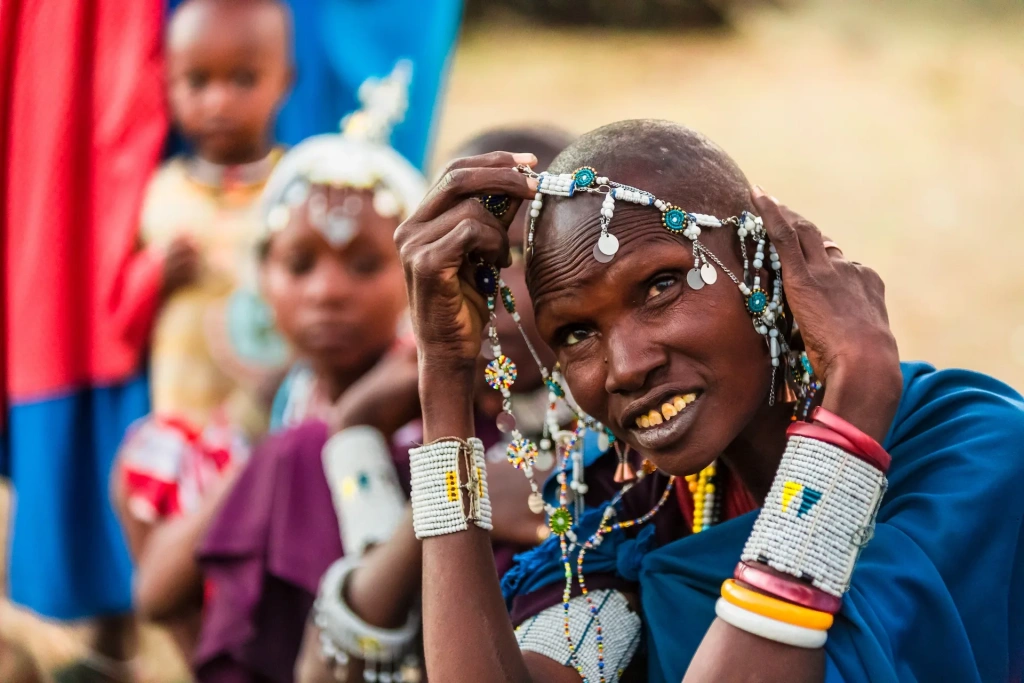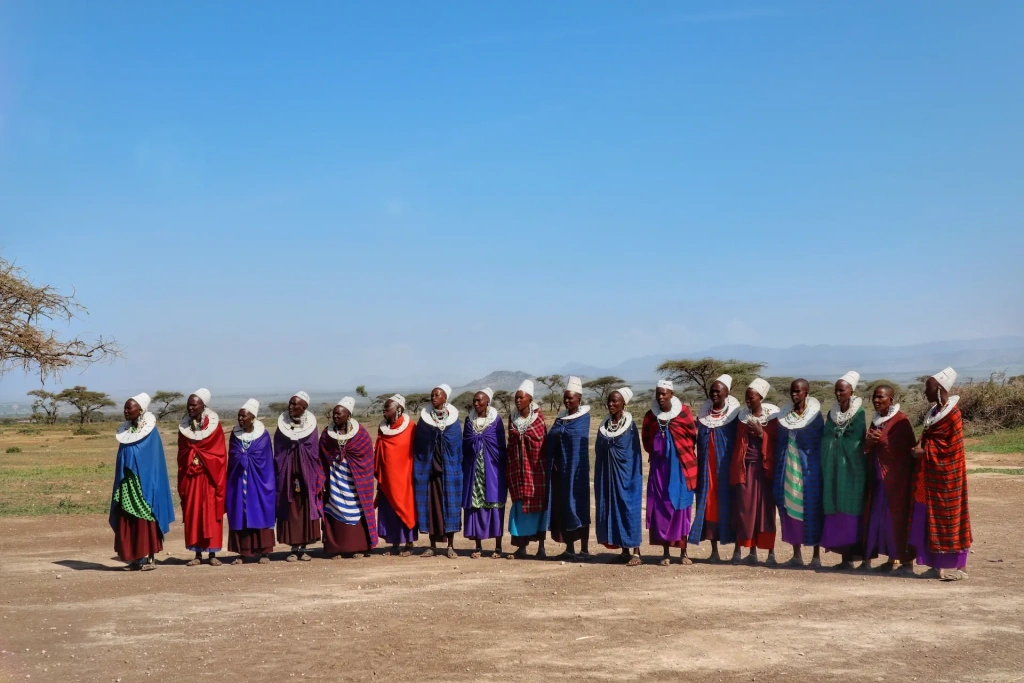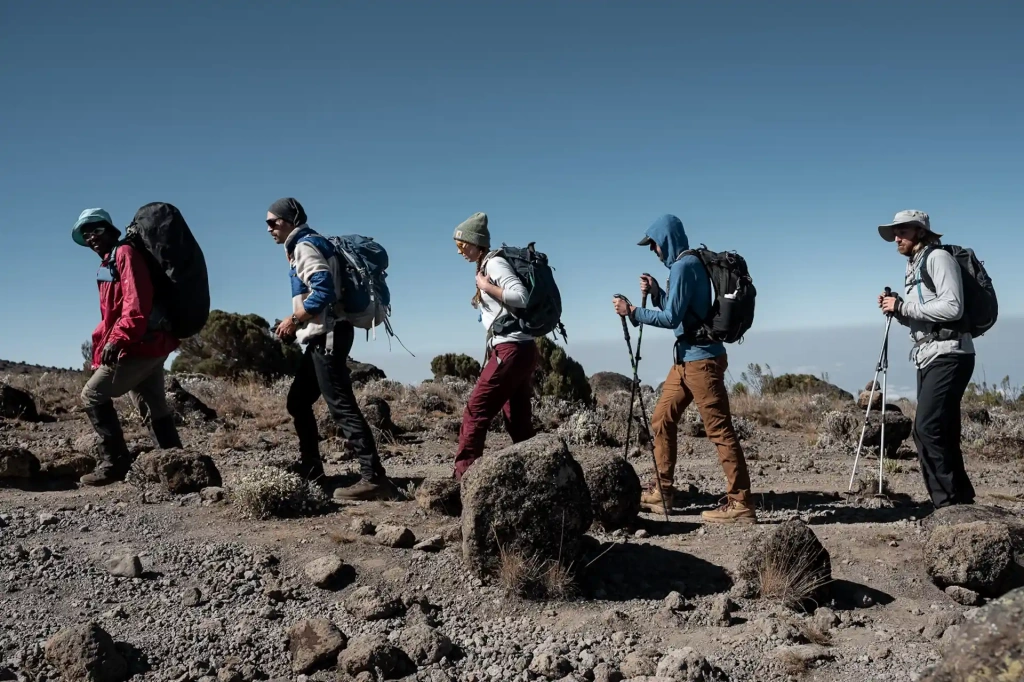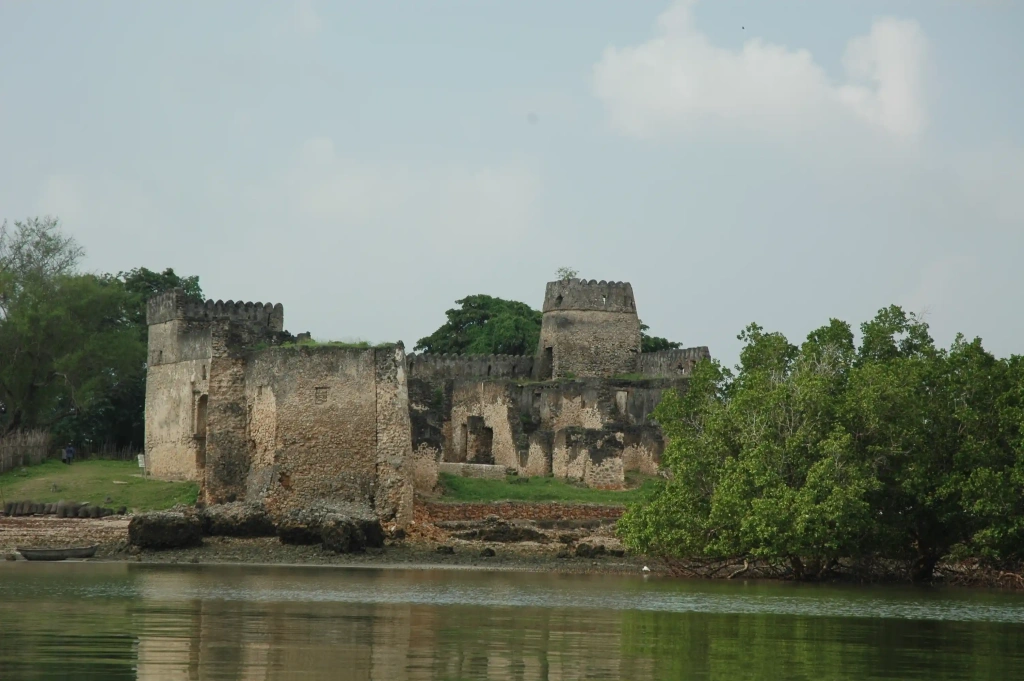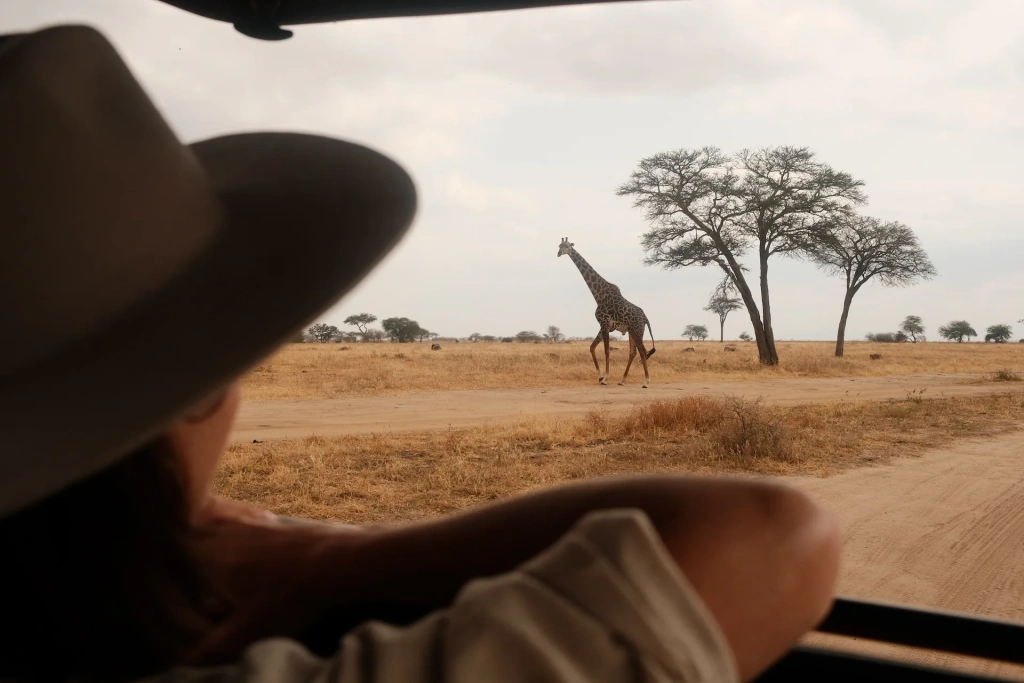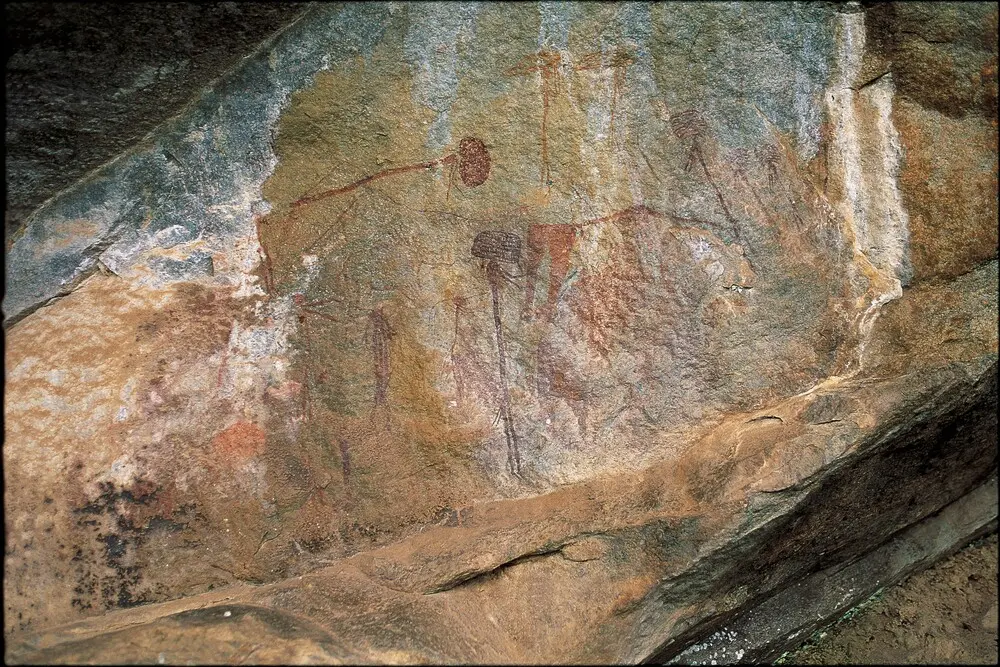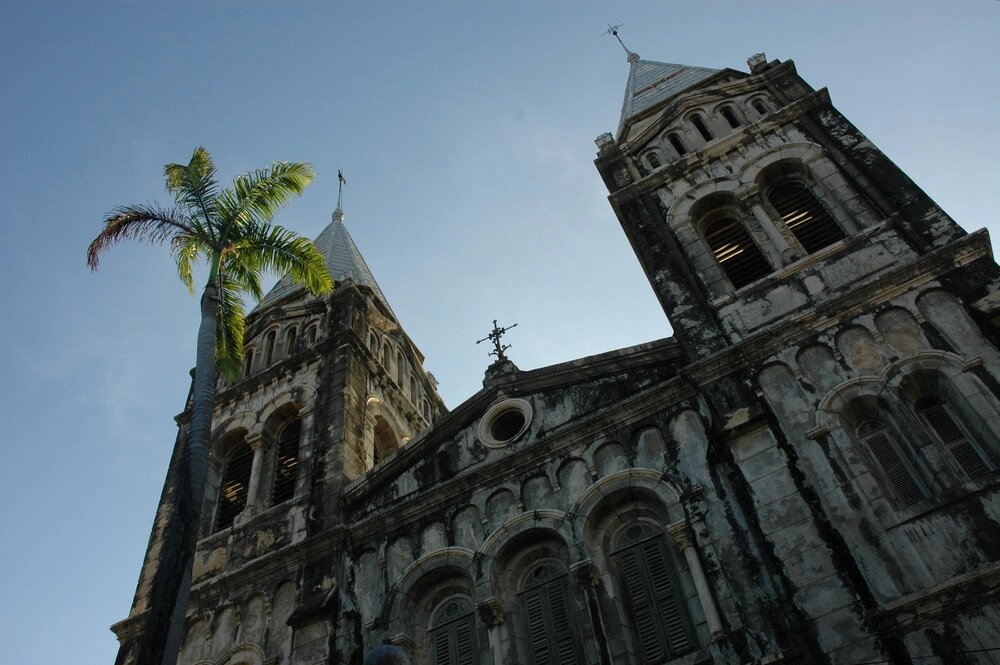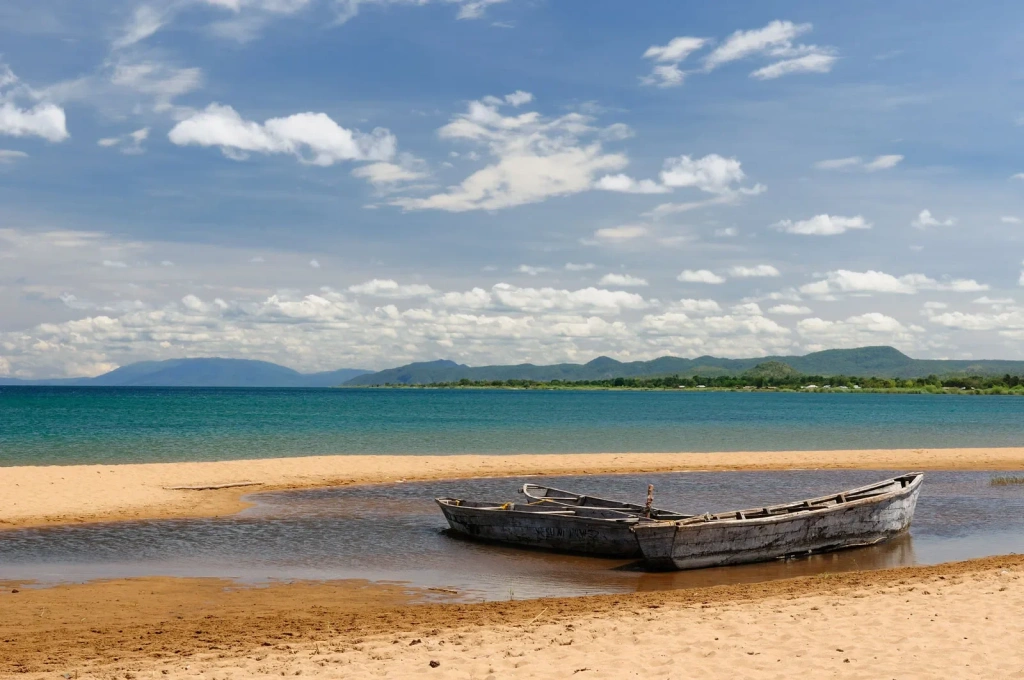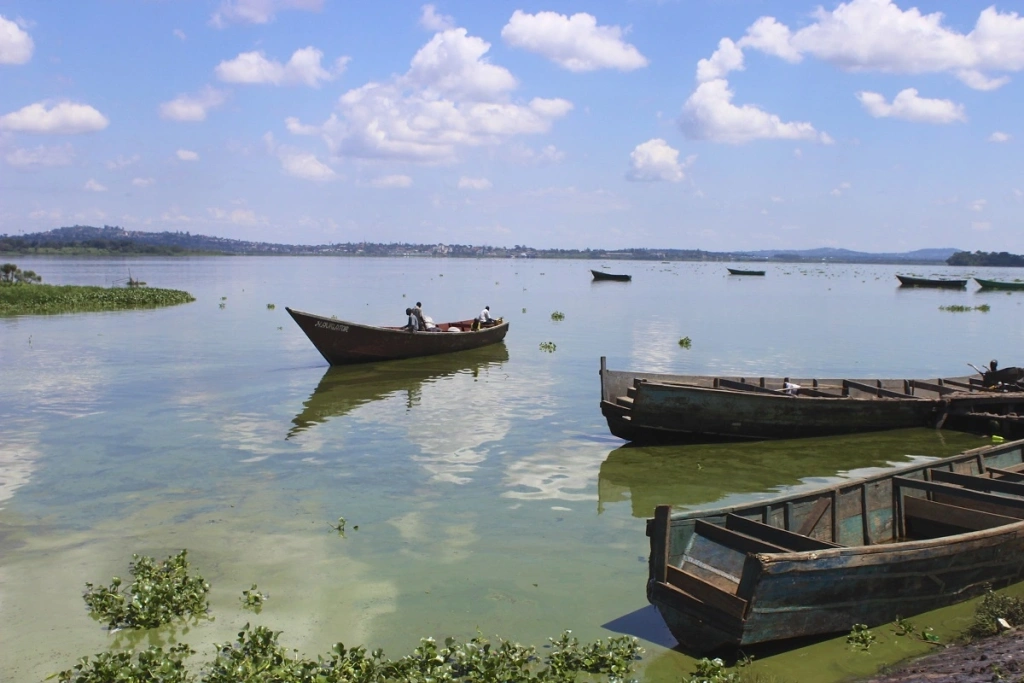Tanzania is a country rich in history, cultural diversity, and breathtaking wildlife. Among the many national parks that contribute to Tanzania's reputation as a wildlife haven are Gombe Stream National Park, Serengeti, Kilimanjaro, and Ngorongoro. From its UNESCO World Heritage sites to its unique blend of African, Arab, and European influences, Tanzania offers a fascinating journey through both time and nature.
In this article, we’ll explore Tanzania’s location and highlight what makes it famous.
How large is Tanzania?
The United Republic of Tanzania is the largest country in East Africa, almost twice the size of France, and four times that of the United Kingdom. Mainland Tanzania comprises 26 regions, bordered by the Indian Ocean and neighboring eight countries: Kenya, Uganda, Rwanda, Burundi, the Democratic Republic of Congo, Zambia, Malawi, and Mozambique. Tanzania's offshore islands include several notable ones, such as Zanzibar, Mafia, Pemba, Rubondo, and others.
According to the 2022 census, Tanzania has over 61.7 million people. The local currency is the Tanzanian shilling, with the annual exchange rate typically ranging between 2,500 and 2,700 shillings per U.S. dollar.
What is the history of Tanzania?
Tanzania’s history dates back to the earliest Homo species, their tools, and ancient rock art. Since the mid-20th century, when scientists uncovered the remains and footprints of early humans, the country has been recognized as the "Cradle of Humankind."
Over the last few thousand years, Tanzania’s culture and way of life have been shaped by diverse influences. That includes African ethnic groups, Phoenicians, Indian and Arab traders, explorers, and global slave traders. It became a battleground for colonial conflicts between European powers and later a center for independence movements.
Starting around 1000 BCE, tribes from Ethiopia, Somalia, and other regions of Africa began migrating to what is now Tanzania. These groups are thought to have introduced early forms of food production and advanced irrigation techniques, with this migration continuing well into the 19th century.
The gradual influx of people helped foster the growth of trade. As different tribes brought new skills, ideas, and food products, a barter economy emerged. Items like salt, iron tools, and livestock became valuable forms of currency, and a network of trade routes started to connect various regions. This exchange of goods and knowledge laid the foundation for the region's early economic and social development.
Later, the first wave of foreigners arrived in Tanzania by sea. Evidence of these early maritime voyages can be found in ancient Egyptian stone monuments. The earliest written references to the East African coast as a vital link in maritime trade routes appear in Claudius Ptolemy's Geographia. This marked the region’s growing importance in global trade networks.
By the 7th and 8th centuries, Arab traders had established settlements along the Tanzanian coast. During this time, parts of the indigenous population began converting to Islam. In the 15th century, the first European arrived in the country—the famous explorer Vasco da Gama. Seeing the booming trade in food, gold, ivory, and slaves, he recognized its potential and sent emissaries back to Portugal to request more ships and cannons. This move ultimately led to Portugal controlling most of the East African coast.
From this point onward, the region was engulfed in a series of wars, conflicts, and upheavals. The Portuguese were displaced by the Arabs, who were then followed by the Germans, who established the colony of "German East Africa." After World War I, the territory fell under British control and was renamed Tanganyika.
It was only at the end of 1961 that Tanganyika gained independence. Two years later, in 1963, Zanzibar also attained its independence. After the 1964 revolution, Zanzibar merged with Tanganyika, forming the United Republic of Tanzania. Despite the union, Zanzibar retained significant autonomy, including its own president, government, parliament, and constitution.
Is Tanzania a rich or poor country?
The United Republic of Tanzania has avoided the internal strife that many African countries experienced after gaining independence. That makes Tanzania one of the safest and most politically stable countries in the region. Tanzania police force works tirelessly to ensure the safety of all visitors. However, Tanzania remains a developing country with a relatively high level of poverty.
The economy of Tanzania is heavily dependent on agriculture, which accounts for approximately 27% of GDP, 85% of exports, and 80% of employment. Other important sectors include industry, construction, services, and tourism. The contribution of tourism to GDP dropped from 10.6% in 2019 to 5.3% in 2020 due to the impact of the COVID-19 pandemic. However, the sector began to recover its previous levels immediately after the initial impact of the pandemic.
The African Development Bank projects that Tanzania's economic growth will reach 5.7% in 2024 and 6% in 2025, driven by agriculture, manufacturing, and tourism. Foreign investments also play a crucial role in this growth. In 2023, the top five sources of foreign investment in the United Republic of Tanzania were China, the United States, Mauritius, Spain, and India, according to the Tanzanian Investment Centre.
What is the main religion in Tanzania?
Tanzania is not only one of the largest countries in Africa but also one of the richest in terms of religious, ethnic, and cultural diversity.
Approximately 63% of the population practices Christianity, with Catholicism being the most common. Other Christian denominations, such as Lutheran, Orthodox, and Anglican, are also present. Muslims constitute around a third of the population, and the Zanzibar archipelago is predominantly Muslim, with 99% of its inhabitants adhering to Islam.
There are also smaller religious groups in Tanzania, including followers of Hinduism, Judaism, Buddhism, and various syncretic beliefs that blend elements from different traditions. These include traditional African religions that involve beliefs in spirits, witchcraft, and ancestor worship, more common in rural areas. For a more detailed exploration of Tanzania's diverse religious landscape, see the Altezza Travel article titled "Everything you need to know about Tanzania religion. Christianity, Islam, Witchcraft, and more."
Is Tanzania an English-speaking country?
The United Republic of Tanzania is home to over 120 languages, with two standing out as official: Swahili and English. Swahili, a blend of Bantu dialects and Arabic, is widely used in social and political contexts, as well as in primary and secondary education. English is predominantly used in secondary and higher education institutions and across the public sector.
Swahili serves as the national language, while most Tanzanians also speak one of their ethnic group's traditional languages. Notably, the Hadza and Sandawe tribes use languages that feature click sounds alongside vowels and consonants. Despite having various dialects, these languages are considered isolated.
What type of climate is in Tanzania?
Tanzania experiences a tropical climate famous for heat, humidity, and coastal breezes. The country has two main rainy seasons: the first, the monsoon season, runs from late March to June, and the second, the light rains season, occurs from November to mid-January.
The hottest period in Tanzania is from December to March, while the coolest months are from June to August. In high-altitude regions, like Mount Kilimanjaro, temperatures can drop below freezing. Both periods are excellent for climbing Kilimanjaro: while some prefer the dry, sunny weather, others opt for less crowded routes and a more secluded ascent to the continent's highest point.
What is unique in Tanzania?
The United Republic of Tanzania is world-famous for its historical and cultural landmarks, as well as its exotic wildlife. The capital of the Republic, which is located in central Tanzania, is called Dodoma, while Dar es Salaam, a major port city, serves as a significant commercial center. The most popular tourist cities are Arusha, Moshi, Mwanza, and Zanzibar.
Ngorongoro Conservation Area
Tanzania boasts seven UNESCO World Heritage sites, including the Ngorongoro Conservation Area. This unique region in Northern Tanzania is home to over 25,000 large mammals, including the Big Five: elephants, lions, rhinos, leopards, and buffaloes. The centerpiece of the conservation area is the Ngorongoro Crater, a vast caldera spanning 102 square miles (264 square km). Formed by a volcanic eruption, this fertile crater is now renowned as one of the most stunning safari destinations in the world.
Kilwa Kisiwani and Songo Mnara Ruins
The ruins of Kilwa Kisiwani and Songo Mnara are remnants of two significant cities that once controlled key trade routes across the Indian Ocean, connecting Arabia, India, and China. Kilwa Kisiwani, established in the 10th century, and Songo Mnara, founded in the 14th century, were major economic hubs that drew merchants and traders from across the Eastern world. Today, the ruins include the remains of grand palaces, mosques, public squares, residential buildings, and even a prison located on the site of an old Portuguese fort.
Kilimanjaro National Park
Kilimanjaro National Park is Tanzania's crown jewel. It surrounds Mount Kilimanjaro, a dormant volcano that rises 5,895 meters (19,340 feet) above sea level, making it Africa's highest mountain and the tallest free-standing peak in the world. Climbing Kilimanjaro is like taking a journey through various climates: you start in the agricultural zone at the base, pass through lush tropical rainforest, trek across heathland and alpine desert, and finally reach the icy arctic zone at the summit.
Serengeti National Park
Serengeti National Park is Tanzania’s most renowned park, spanning nearly 15,000 square kilometers (5,700 sq mi). It’s home to around 2 million ungulates, as well as lions, leopards, cheetahs, elephants, rhinos, and approximately 500 bird species. Serengeti National Park is famous for the Great Migration, one of the world’s most remarkable natural events. Each year, hundreds of thousands of wildebeest, zebras, gazelles, and other ungulates come together in a massive herd of 1.5 million and traverse the expansive plains of the Serengeti National Park in search of new grazing grounds.
Nyerere National Park (Selous Game Reserve)
Nyerere National Park, once part of the renowned Selous Game Reserve, is Africa's largest remaining wilderness area, spanning nearly 12,000 sq miles (31,000 km2). Often referred to as a "state within a state," this area in Southern Tanzania is home to extensive populations of African elephants, hippos, buffaloes, zebras, lions, leopards, hyenas, crocodiles, and even endangered black rhinos.
Kondoa rock-art sites
Kondoa rock-art sites include over 150 natural caves with rock paintings that, by the boldest estimates, may be up to 20,000 years old. The walls display depictions of people, animals, and hunting scenes, some of which continue to hold ritual significance for the local population.
Stone Town on Zanzibar
Stone Town is the oldest part of the city of the same name and was a major trading hub between Asia and Africa. From 1840 to 1856, it served as the capital of the Omani Empire. Most of its buildings date back to the 18th and 19th centuries and include landmarks such as the Old Fort, the grand ceremonial palace, the Roman Catholic Cathedral, and the Malindi Mosque. With its narrow, winding streets, waterfront mansions, and public spaces, Stone Town has preserved its unique character, reflecting a blend of African, Arab, Indian, and European influences.
Lake Tanganyika
Lake Tanganyika spans four countries: Burundi, the Democratic Republic of the Congo, Tanzania, and Zambia, with Tanzania managing 41% of the lake's area. Renowned for its exceptional biodiversity, the lake is home to about 2,000 species of fish, plants, and birds, including around 500 unique to the lake. Lake Tanganyika is the longest freshwater lake in the world and the second deepest, after Russia’s Lake Baikal.
Lake Victoria
Lake Victoria, straddling Kenya, Tanzania, and Uganda, is the largest tropical lake in the world and the second-largest freshwater lake by surface area. Famous for its stunning scenery, it features lush tropical islands and picturesque beachside resorts. Named by explorer John Hanning Speke in honor of Queen Victoria of England, the lake is a key highlight of the region's natural beauty.
All content on Altezza Travel is created with expert insights and thorough research, in line with our Editorial Policy.
Want to know more about Tanzania adventures?
Get in touch with our team! We've explored all the top destinations across Tanzania. Our Kilimanjaro-based adventure consultants are ready to share tips and help you plan your unforgettable journey.















